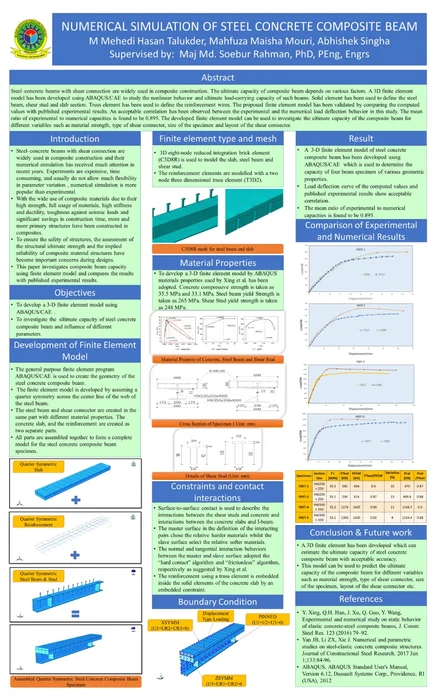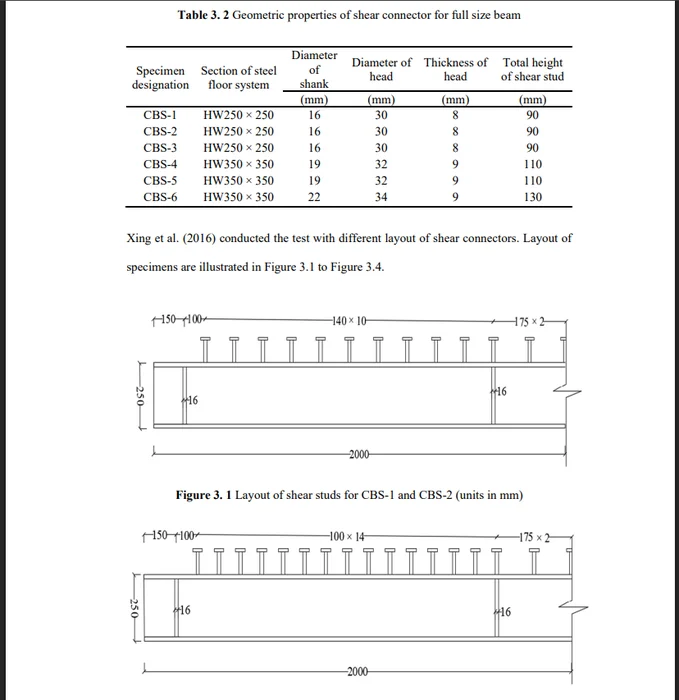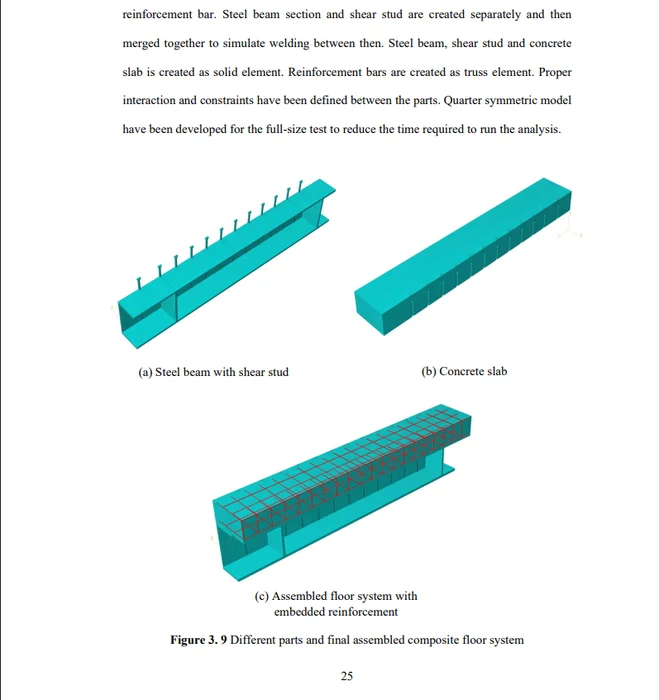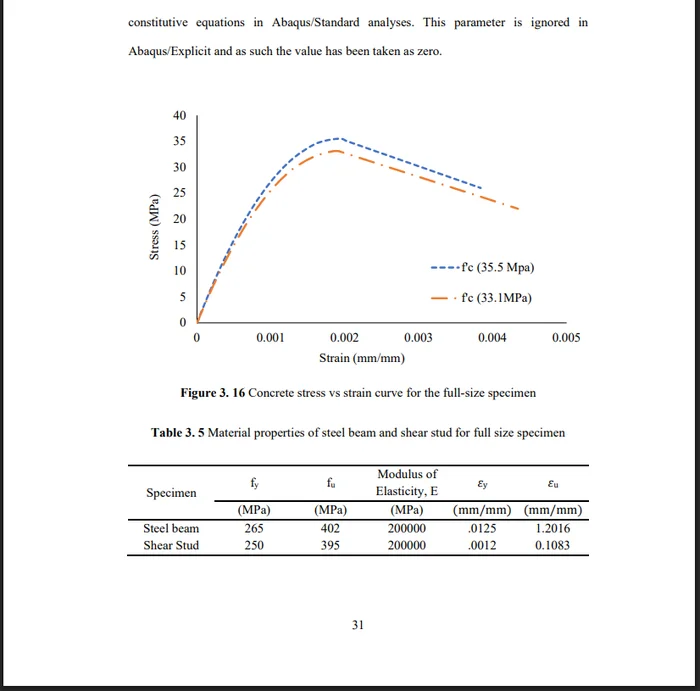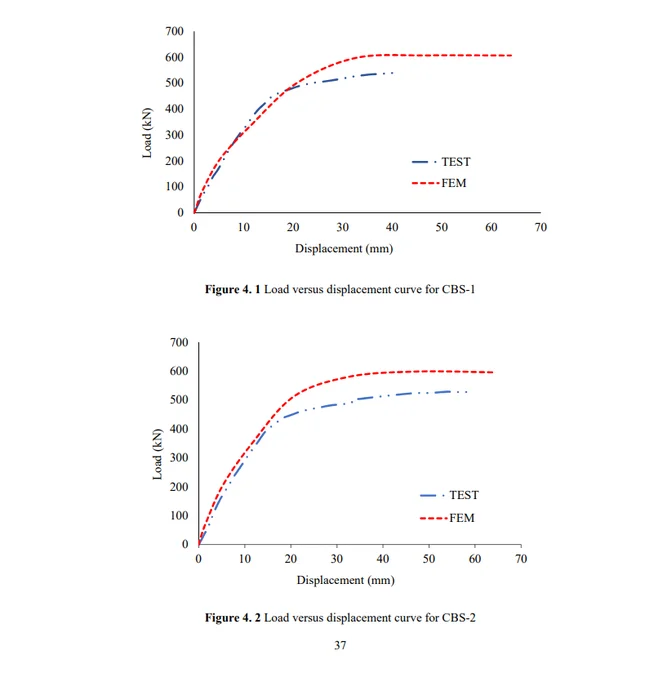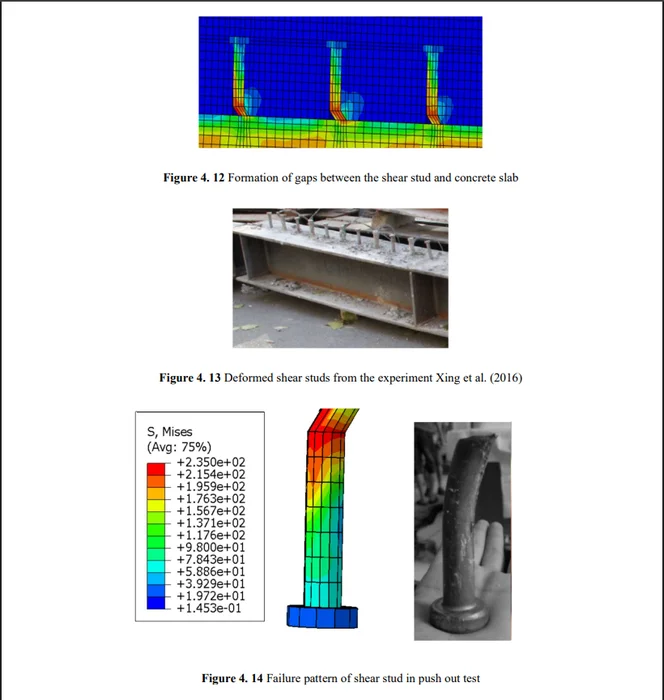ABSTRACT
The use of composite materials in construction applications has progressed significantly
over the last few decades. Steel concrete composite systems are becoming very common as
they combine to build structures that are stiffer, lighter, and less costly. This paper explores
the ultimate strength of the composite floor system of structural steel concrete. ABAQUS,
used to research non-linear competencies and ultimate load-carrying capability of such
floor systems, developed the Finite Element Model (FEM) in 3-D. Eighteen numerical
models were developed to simulate the behavior with published literature using Finite
Element model. The concrete damaged plasticity model and elastic-perfectly plastic model
have been used to simulate the concrete and material nonlinearities were included in the FE
model. A comparison of computed values with experimental results has validated the
proposed finite element model. The measured and experimental findings show a good
match with an average variation of 7.125% for ultimate capacity. The experimental results
can be estimated with a high degree of accuracy using the FE model. An extensive
parametric study has also been carried out. In previous studies the main focus was on the
types and effect of different parameters of shear connector on composite structure but in
this study individual parameter of shear connector has been explored. In this parametric
study effects of different sizes of shear studs have been explored on full size beam
specimen. Results show that an increase in height of the shear stud with the same diameter
increases the ultimate capacity of the floor system. Ultimate capacity of the floor system
increases 2.68 % for 20 mm increase of height on an average for a fixed diameter shear
stud. Ultimate capacity of the floor system increases 1.96 % for 3 mm increase of diameter
on an average for a fixed height of shear stud.


